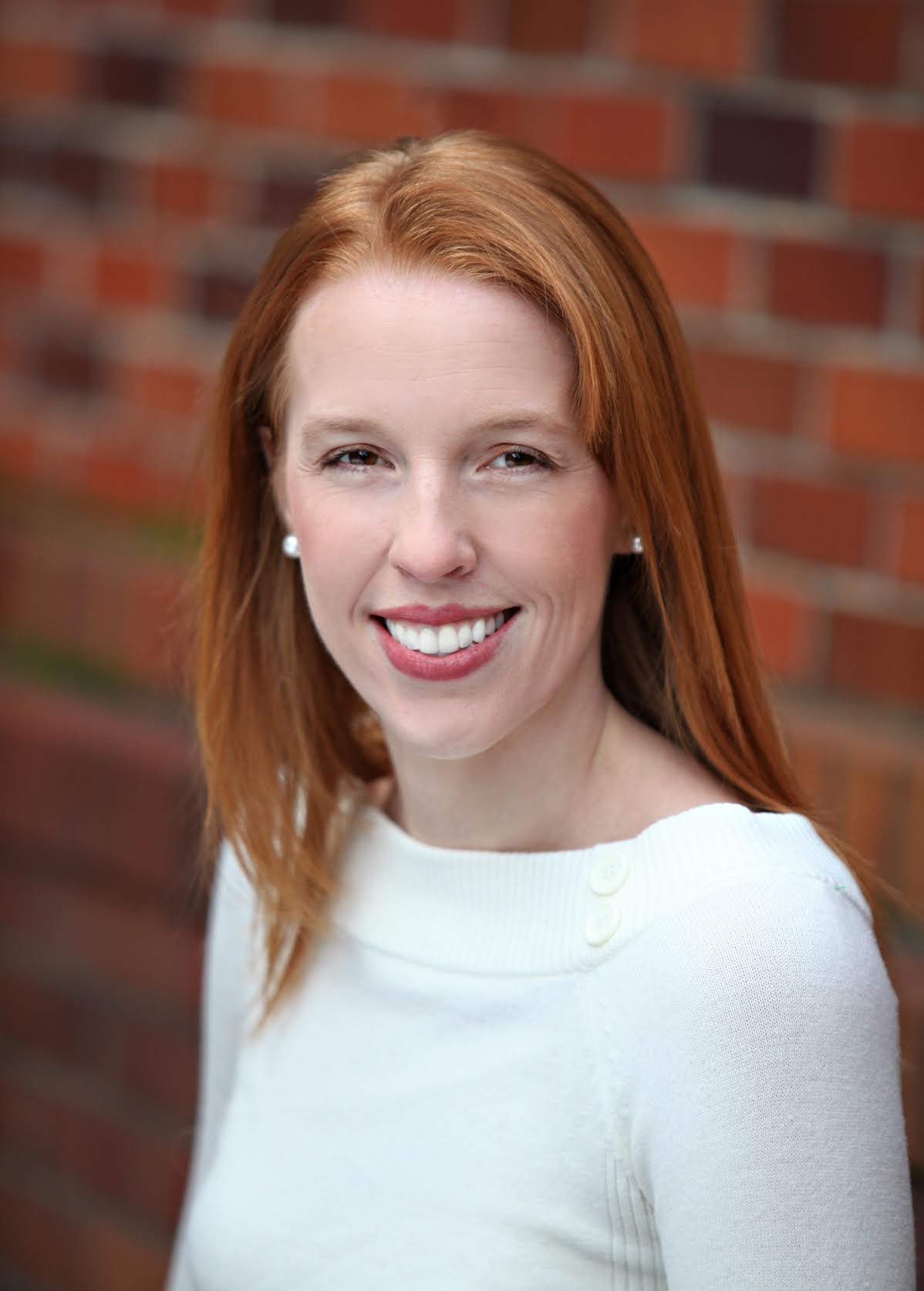South by Southwest may be best known for its movie screenings, raucous parties with live music and panels on tech topics. Still, plenty of journalists also attend the popular Austin-based conference, both to cover the festivities and compare strategies with one another.
Many of the journalism sessions were scheduled simultaneously, sometimes several blocks from each other, so it would be impossible to soak up everything. However, here are some highlights from the speakers I did get to hear.
Judd Legum, founding editor-in-chief of ThinkProgress
In a panel on the challenges of monetizing digital media, Legum shared how and why his organization launched a membership program last November. “The future is having direct relationships with readers,” he said, adding that “people [are] getting used to the idea that they need to support media directly.”
He predicts that membership revenue will be fairly close to ad revenue this year. While membership starts at $5 a month, some members have opted to pay as much as $1,000 a month.
“People are willing to pay,” Legum said.
Sara Just, executive producer for PBS NewsHour
In a session on the future of media, Just shared how her program (which has a sizable but graying audience but with an average of 67) is adapting its approach to attract younger viewers on social media. The video series “Brief but Spectacular” started on Facebook but proved so popular it’s now available on PBS’ own website too.
Just described the format as “profiles of interesting people told in a fresh and social media friendly way.” Interestingly, the video segments that went the most viral were not celebrity profiles but instead focused on lesser-known people with interesting stories. While Facebook videos have proven successful for the program, “news organizations shouldn’t count on any of these platforms to be a reliable platform forever,” Just said of social media.
Dave Merrell, lead product manager at The Washington Post
In a session on storytelling for voice-activated user interfaces like Amazon’s Alexa, Merrell shared what the Post has learned about this format.
“Everyone wants a personalized experience but that’s not creepy,” he said. He added that people interact with Alexa in different ways, so it’s “important to script everything out and have someone read back responses.”
One thing the Post won’t do again: Build a skill on Alexa to tell Olympics results. “Very few people would want to use this skill,” Merrell explained. However, news quizzes ala NPR’s “Wait, Wait, Don’t Tell Me” are among the Post’s most sticky pieces of content.
Saigon Govender, product/tech leader on Amazon’s Alexa team
Govender spoke on the same panel as Merrell and explained how news publishing on Alexa has evolved from three publishers when Alexa first launched in 2014 to more than five thousand today from national publication to hyper-local ones.
“We switched to a model where they enabled self-serve for publishers,” he explained. Govender said the length of audio stories can vary depending on the preference of the user. But “if you have the resources for recorded audio, that tests better with Amazon customers,” he added.
Emily Withrow, editor of the Quartz Bot Studio
Speaking on a panel alongside Merrell, Withrow said, “we love the idea of having individual people being able to craft [their] own path within stories. News has been stuck in a one-size-fits-all problem. The story has to speak to all readers. Interactive spaces can deliver a story custom for you.”
Quartz users a chatbot platform called Dexter to push content to Alexa and other platforms. Giving the listener too many choices or too much agency can muddy the storytelling, according to Withrow, so she suggests modeling stories after a “call and response or oral tradition to involve listener.” She said Quartz also draws inspiration from older radio programs “where people would sit around and listen as a communal experience.”











